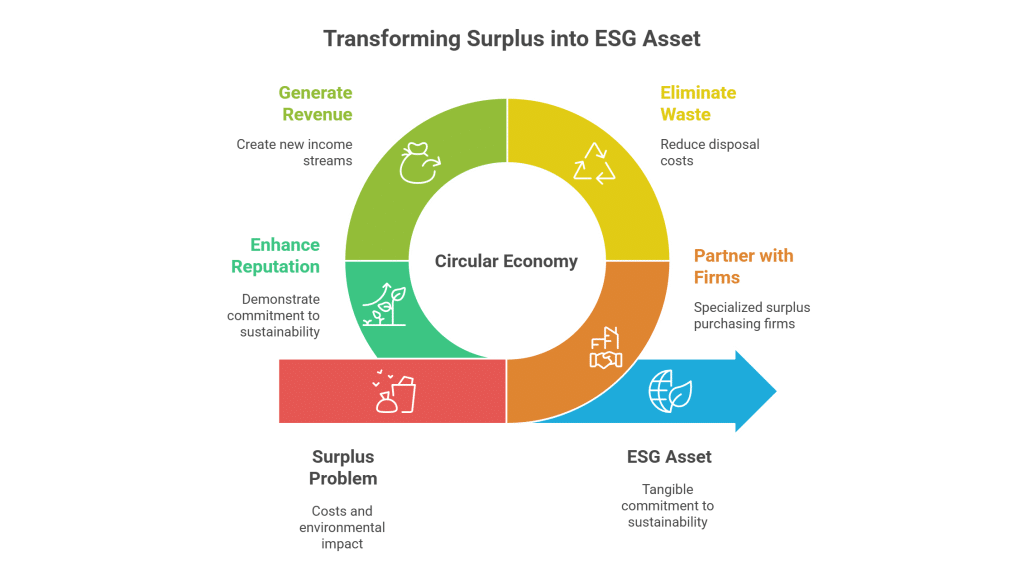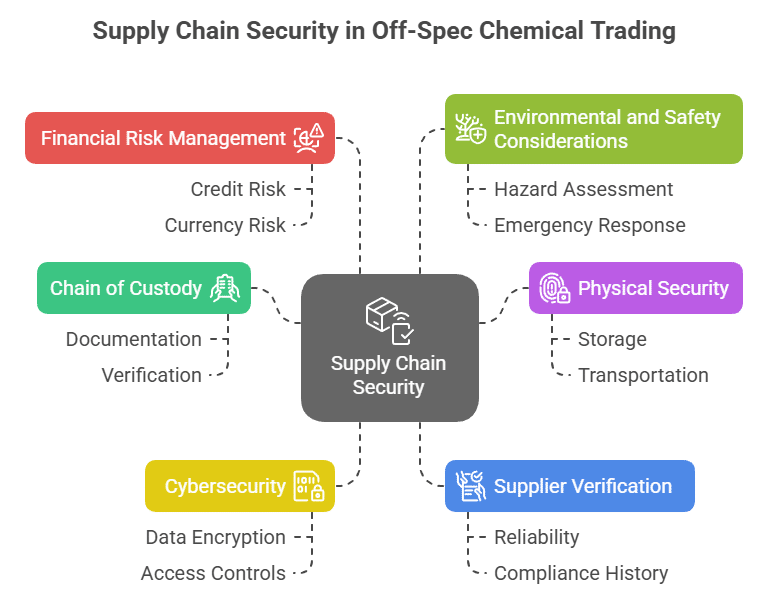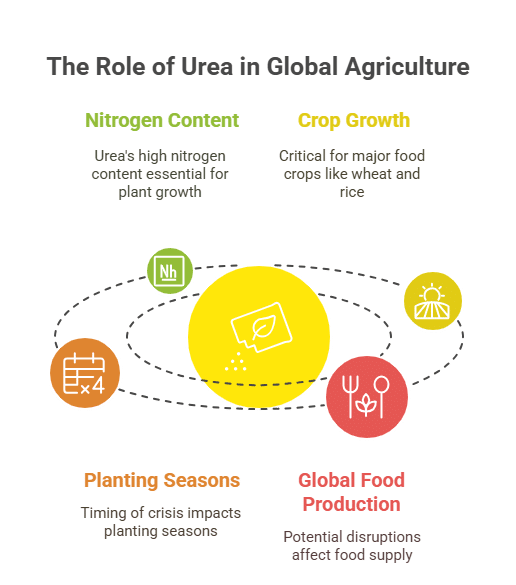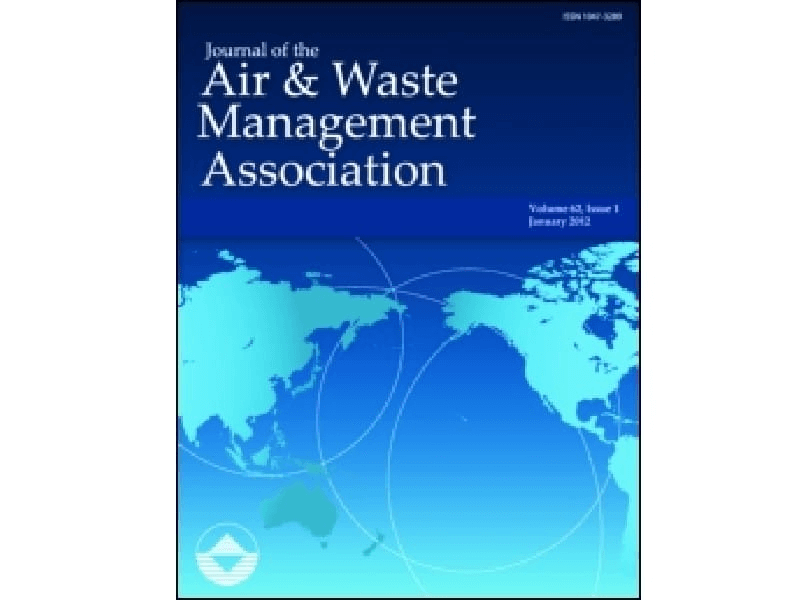Xylanase: Unlocking Surplus Potential in Pulp & Paper and Animal Feed
Xylanase, a powerful industrial enzyme, plays a pivotal role in both the Pulp & Paper and Animal Feed industries. In pulp processing, its enzymatic action facilitates fiber breakdown, significantly improving the bleaching and refining of paper products. Meanwhile, in animal feed production, xylanase enhances the digestibility of feed by breaking down complex hemicellulose components, thereby ensuring that essential nutrients are more readily absorbed. This surplus enzyme, often sitting idle in storage, represents an opportunity for businesses to convert what would be a cost center into a robust revenue stream.
Optimize Surplus Xylanase for Pulp & Paper/Animal Feed Industries | Sustainable Chemical Trading
By actively participating in the buying and selling of surplus chemicals like xylanase, companies can reap numerous benefits. Sellers have the opportunity to reduce storage costs, avoid expensive and regulation-heavy disposal fees, and even generate additional income from excess inventory. Buyers, on the other hand, secure quality enzymes at competitive prices, which can improve product performance and process efficiency. More importantly, this sustainable approach helps in meeting environmental guidelines and promotes a circular economy, ensuring that surplus products are not wasted but rather transformed into value-added resources.
Xylanase in Pulp & Paper / Animal Feed: Enhancing Efficiency and Sustainability
For buyers, purchasing surplus xylanase presents an opportunity to secure high-quality industrial enzymes at a reduced cost. In the Animal Feed arena, the enzyme boosts feed digestibility, leading to improved animal health and growth rates. Meanwhile, for the Pulp & Paper industry, enhanced fiber processing through xylanase can lead to higher quality products and reduced chemical and energy costs.
Sellers can benefit significantly by divesting surplus xylanase stocks, thereby freeing up valuable storage space and recovering costs tied up in excess inventory. Moreover, selling surplus not only reduces disposal expenses but also supports improved sustainability by mitigating environmental waste, aligning with regulatory requirements and promoting a healthier ecosystem.
Table of Contents
Transforming Excess Xylanase into a Profit Centre: A Real-World Success Story
A leading paper manufacturer found itself with an overabundance of xylanase due to a slowdown in production adjustments. Instead of letting this surplus become a liability, the company opted to engage with a specialized surplus chemical trading platform. By selling the excess enzyme, they not only recovered investment costs but also mitigated the risks and expenses associated with safe disposal. The enzyme quickly found new applications in the animal feed sector, improving feed digestibility and performance. This smart trade not only provided significant financial gains but also aligned with sustainable practices, setting a benchmark for other firms in the industry.



















